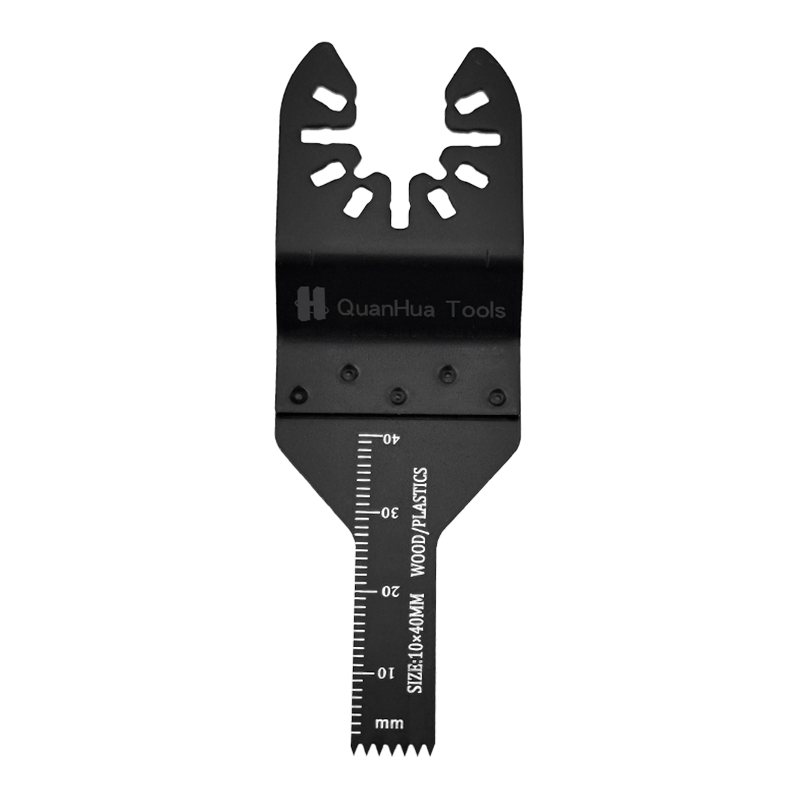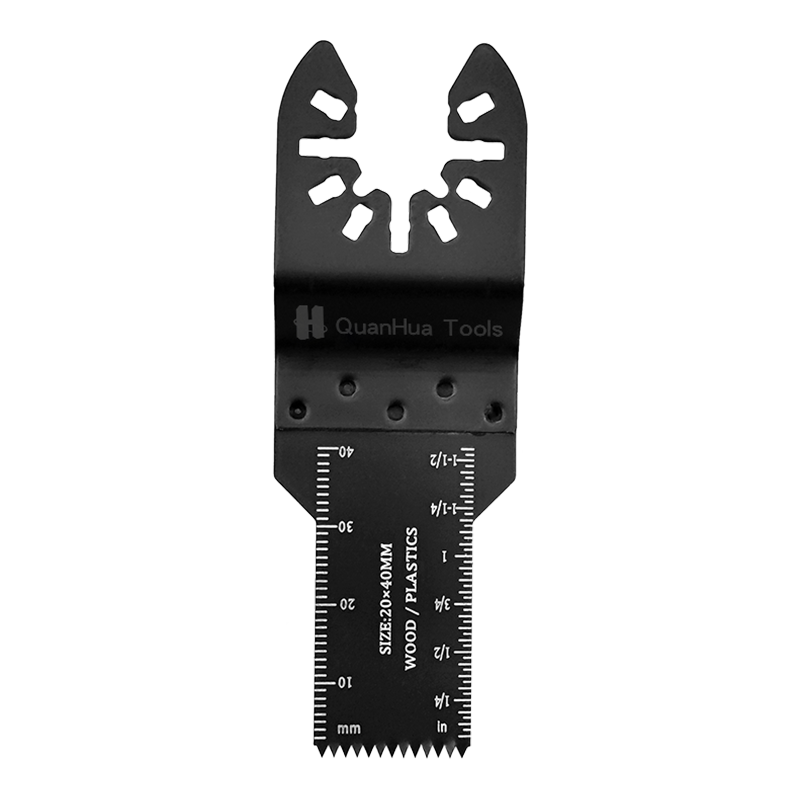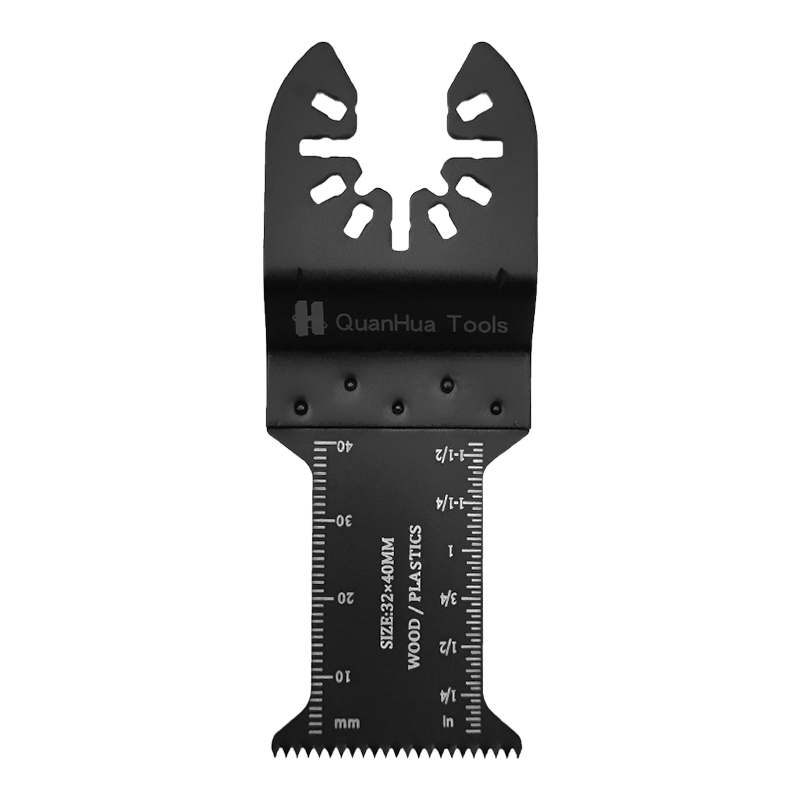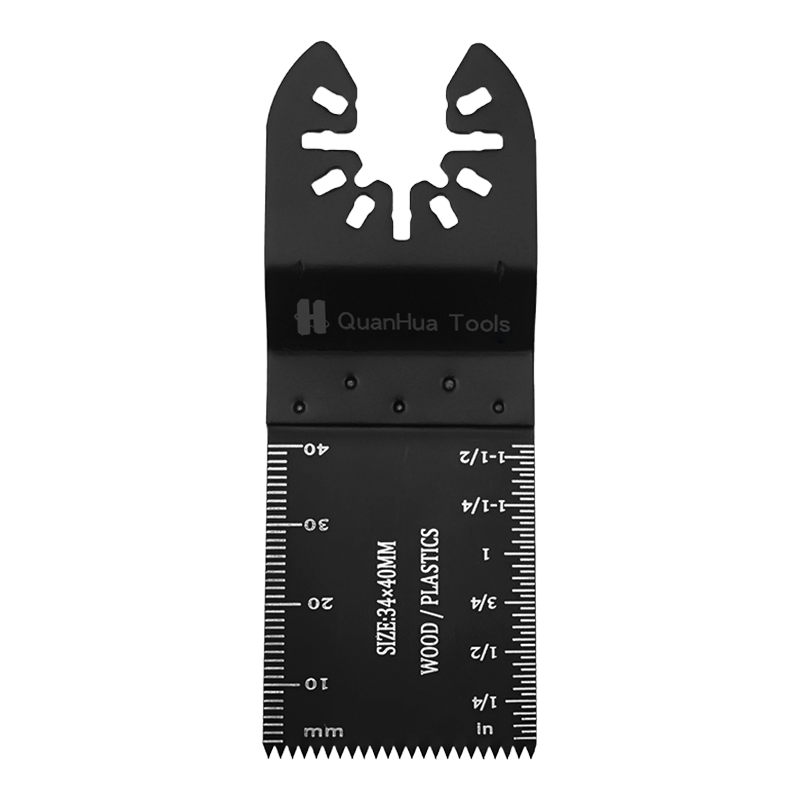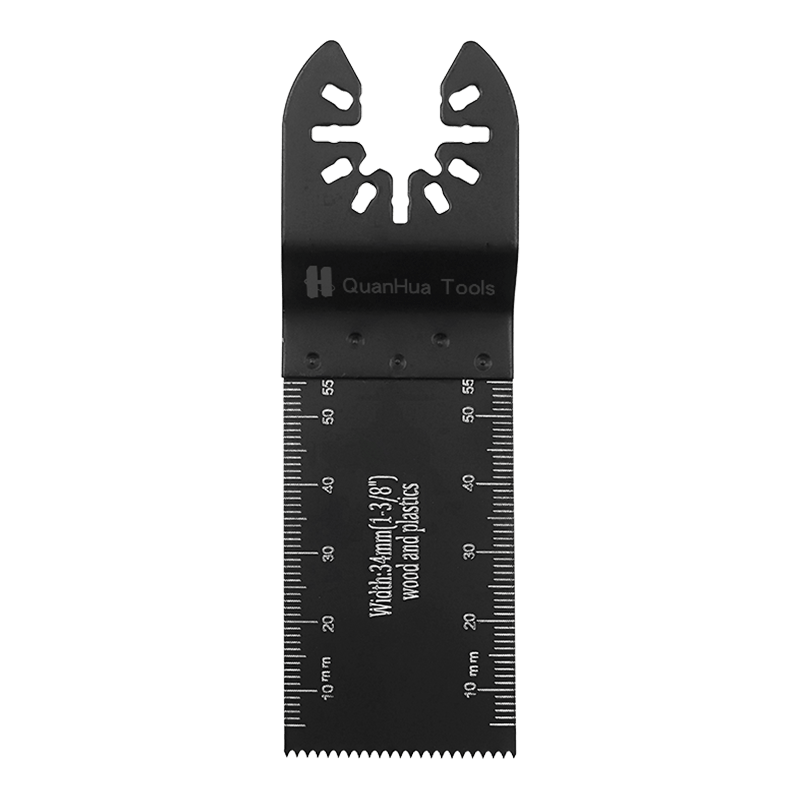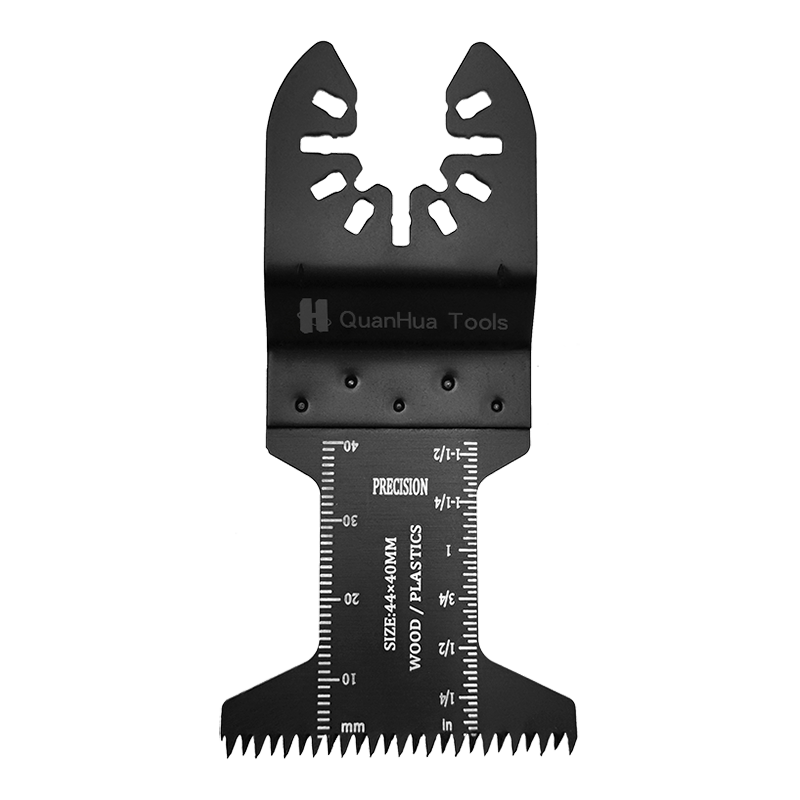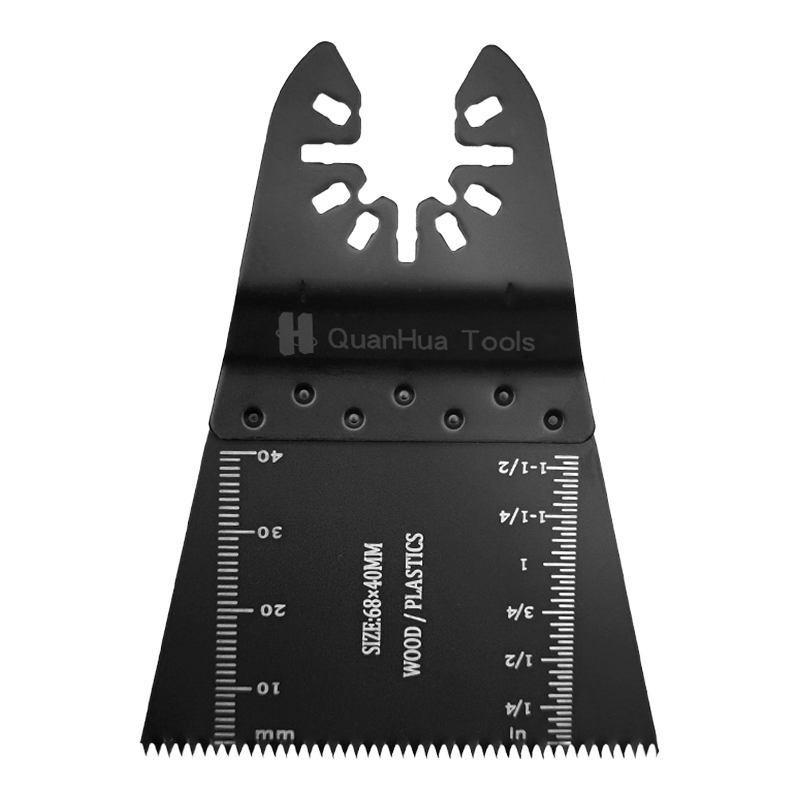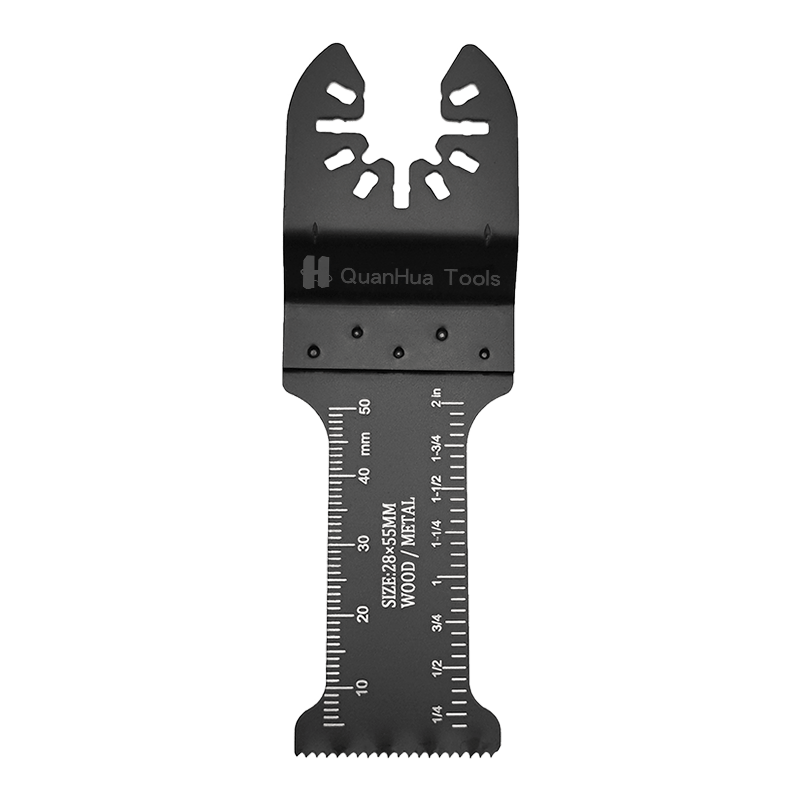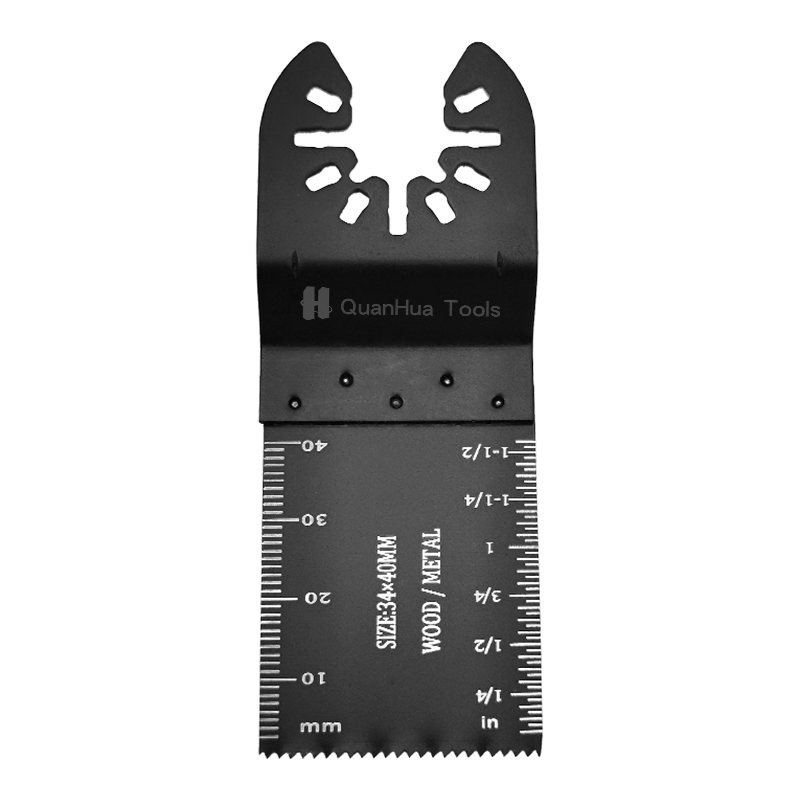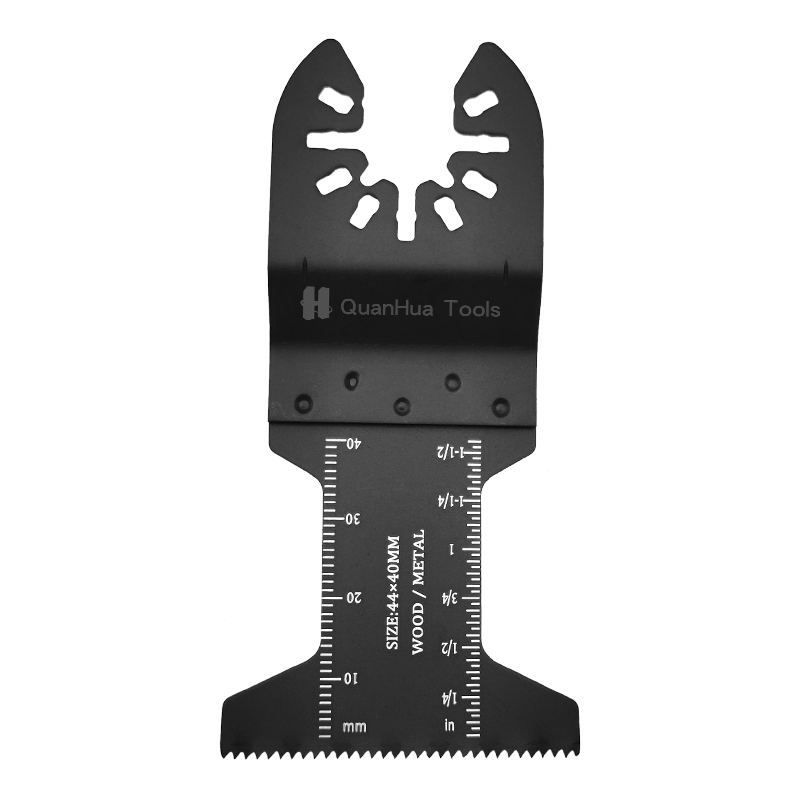1. Wearing Personal Protective Equipment (PPE)
When using a Garden Saw Blade for gardening tasks, safety should always come first. Even when operating small saw blades, flying wood chips, branch rebound, or blade slips can cause serious injuries. Therefore, beginners must start by wearing personal protective equipment.
The Importance of Safety Goggles
Safety goggles prevent wood chips, bark, or dust from getting into your eyes during cutting. Especially in bright sunlight or windy outdoor environments, goggles improve visibility and reduce eye fatigue. Choose goggles that meet safety standards and ensure the lenses are scratch- and fog-resistant.
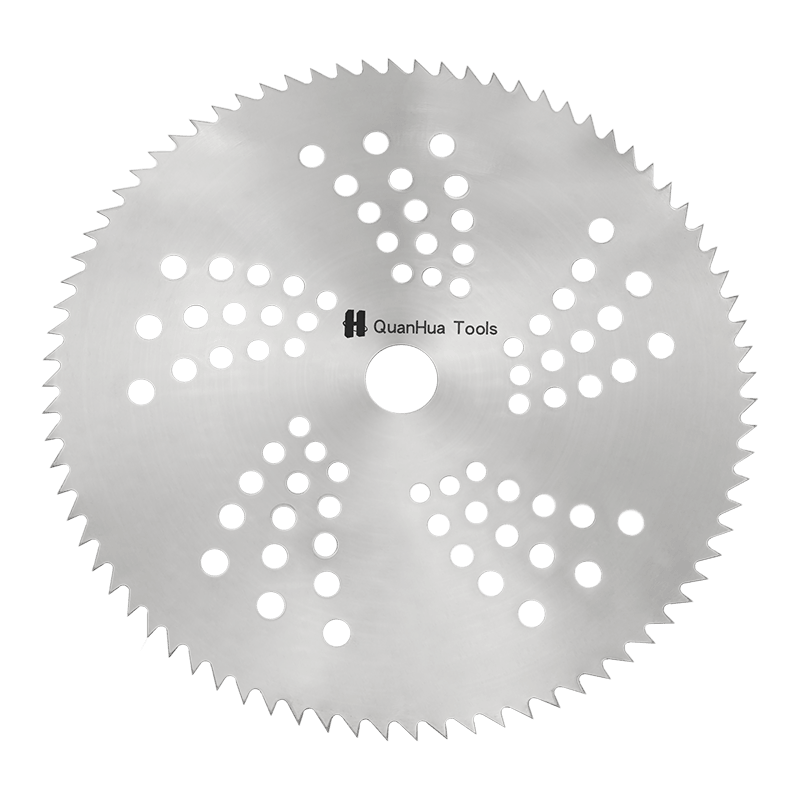
The Role of Gloves
Garden saw blades are sharp, and improper operation can easily cut your hands. Wearing gloves not only protects against cuts but also improves grip, reducing the risk of slipping. It is recommended to use thick, cut-resistant gloves, and avoid thin or wet gloves that reduce protection.
The Necessity of Protective Shoes
Feet are vulnerable when operating saw blades. Choosing protective shoes, especially steel-toed work boots, can protect against blade contact or falling wood. Non-slip soles also help prevent slips on wet soil or leafy surfaces.
Protective Clothing and Hearing Protection
Wearing long sleeves or specialized protective clothing reduces scratches and cuts. For beginners using electric saws, it is strongly recommended to wear earplugs or earmuffs to prevent long-term hearing damage from noise.
2. Inspecting the Saw Blade and Tools
Blade Inspection
Before use, carefully check the condition of the saw blade. Ensure the blade has no cracks, missing teeth, or deformation. Any damage requires immediate replacement. A damaged blade can break during operation and cause serious accidents.
Installation and Securing
The saw blade must be securely installed on the saw machine or hand saw. Loose installation can cause wobbling or detachment, increasing the risk. After installation, gently rotate the blade to check for unusual sounds or movement.
Lubrication and Cleaning
After some use, saw blades accumulate resin or wood chips, increasing friction and reducing cutting efficiency. Regularly clean the blade and apply saw blade oil to extend its life and prevent overheating or burning the wood.
3. Correct Grip and Posture
Grip Method
When using a garden saw blade, always hold it firmly with both hands to ensure the blade does not deviate during operation. Hands should be slightly wider than shoulder width to maintain balanced strength and allow flexibility when adjusting angles.
Standing Posture
Maintain a stable stance with feet shoulder-width apart. Lean slightly forward with weight evenly distributed to reduce strain on the back and arms while improving control.
Blade Position
Keep the blade away from your body, especially hands and legs, during cutting. Beginners can practice on small wood blocks first to familiarize themselves with the blade’s movement before cutting larger wood.
4. Cutting Techniques
Slow and Steady
Do not rush or apply excessive force when cutting wood. Follow the principle of slow and steady to let the blade cut naturally. Excessive speed or force can cause slipping or damage the wood surface.
Avoiding Kickback
When cutting branches or wood, keep the blade perpendicular to the cutting surface to prevent kickback. Kickback can cause injuries and damage the blade.
Cutting in Sections
For large branches or thick wood, it is recommended to cut the wood into smaller sections first, then proceed segment by segment. This reduces blade load, improves safety, and increases cutting efficiency.
Comparison Table of Cutting Techniques
| Technique | Purpose | Beginner Tips |
|---|---|---|
| Slow and Steady | Prevents blade slipping, ensures smooth cuts | Control force, don’t rush |
| Avoid Kickback | Reduces risk of injury | Keep blade perpendicular to cutting surface |
| Cut in Sections | Reduces blade load, extends blade life | Cut small pieces first, then larger ones |
5. Work Environment Safety
Clear Surrounding Debris
Before operation, clear stones, weeds, or trash from the work area. This prevents tripping or blade jamming, improving both safety and efficiency.
Stay Away from Flammable Materials
Especially when using electric saws, keep away from dry grass, flammable liquids, or dry wood chips. Sparks from the saw can ignite fires, so extra caution is needed.
Maintain Adequate Lighting
Good lighting allows you to clearly see the cutting line and blade position, reducing mistakes caused by poor visibility. Use portable work lights in dark or shaded areas.
6. Maintenance and Storage
Regular Sharpening
Dull blades have low cutting efficiency, can slip, and damage wood. Beginners should regularly inspect the teeth and use proper tools to sharpen or take them to professional shops.
Rust Prevention
After cleaning, apply anti-rust oil to the blade, especially in humid environments, to prevent rust and extend the blade's life.
Safe Storage
When not in use, store saw blades in a dry place out of children’s reach. Use a dedicated blade case or hanging rack to prevent accidental contact or falling.
Tips for Beginners
Beginners should start by practicing on small branches or wood blocks to gradually master blade control and cutting rhythm before attempting larger branches or thick wood. Maintaining good habits and strong safety awareness is key to preventing accidents.

